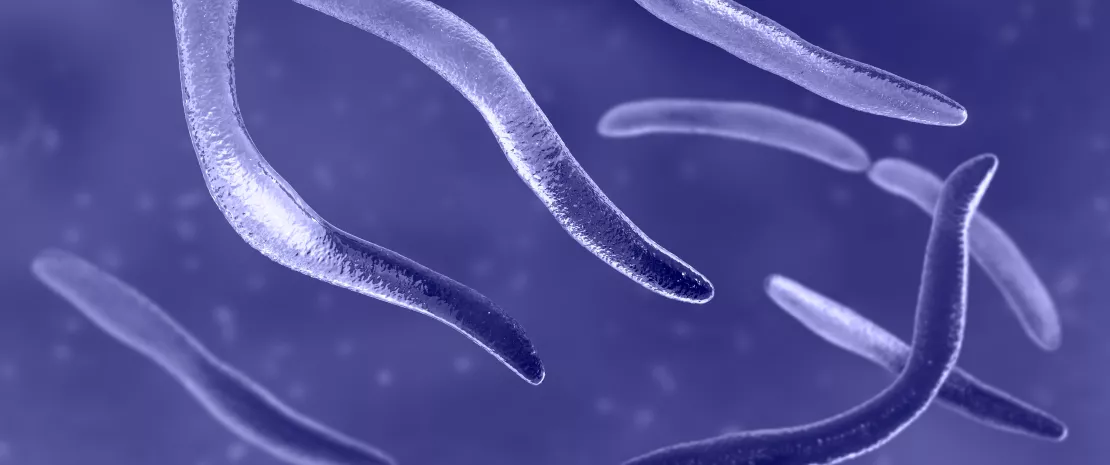Fusobacterium to blame for endometriosis?
Could a simple antibiotic treatment be some day enough to cure endometriosis? So suggests a Japanese study published in 2023, which points the finger at Fusobacterium for the genesis of the disease.
Sources
This article is based on scientific information

About this article
Endometriosis affects 10% to 15% of women of childbearing age, resulting in chronic pain, hypofertility, and even infertility. Several hypotheses about what causes the disease have been put forward, most notably retrograde menstruation. However, other mechanisms have not been ruled out. According to the work of a Japanese team, the microbiota of the uterine cavity may be involved, in particular the bacterial genus Fusobacterium, a pro-inflammatory opportunistic pathogen.
1 in 10 It is estimated that 1 in 10 women suffers from endometriosis.
49% Only 1 in 2 women know what the vaginal flora is exactly
Fusobacterium: the cause of an inflammatory response?
Analyses of tissues collected during hysterectomy from 79 patients suffering from endometriosis revealed a greater presence of bacteria from the genus Fusobacterium in the uterine endometrium and ovarian fibroblasts compared with 76 controls not suffering from endometriosis (samples taken during surgery for cervical dysplasia, adenomyosis, etc.). Fusobacterium was present in the endometrium of 64.3% of patients with endometriosis, compared with 7.1% for healthy controls.
In addition, vaginal samples showed an increased abundance of this bacterium in the vaginal area of women suffering from endometriosis. This supports the existing hypothesis that the vaginal microbiota plays a role in the pathogenesis of the disease, bearing in mind that the digestive microbiota also appears to be involved.
Vaginal inoculation of bacteria
Moreover, vaginal inoculation of Fusobacterium in a mouse model of endometriosis resulted in a marked increase in fibroblasts and an increase in the number and weight of lesions, in contrast to inoculation with other bacteria, such as Lactobacillus iners or Escherichia coli.
Further studies have led the authors to propose the following scenario: infection of endometrial cells by Fusobacterium leads to the production of the growth factor TGF-β1 by macrophages, which in turn induces the transition of fibroblasts from a quiescent state to an activated state in which they express a cytoplasmic protein called transgelin (TAGLN), which then promotes the proliferation, migration, and adhesion of these fibroblasts outside the endometrium. This mechanism appears to be validated in humans: TAGLN is also over-expressed in patients’ fibroblasts, promoting their proliferation and motility.
An antibiotic treatment?
Lastly, the researchers tested a broad-spectrum vaginal antibiotic treatment (metronidazole and chloramphenicol) on animals over 21 days with the aim of eradicating F. nucleatum. Administered when the mice were inoculated with Fusobacterium or subsequently (when the lesions had grown), the treatment limited F. nucleatum, TGF-β1 and TAGLN expression and reduced the number and weight of lesions. Hope for a future approach to treating endometriosis? A clinical trial underway in 2023 aims to reveal what impact antibiotics have on women suffering from endometriosis. The results may one day make it possible to prescribe antibiotics to patients with endometriosis who are infected with Fusobacterium.
Recommended by our community

"Interesting....!" -@sathr21 (From Biocodex Microbiota Institute on X)












